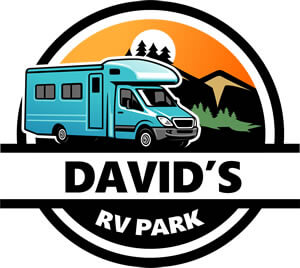
Planning an RV route is an exciting time for many families who want to experience the great outdoors. With the freedom to travel wherever you like, the world is your oyster. However, as you plan your trip, it is important to keep an eye out for red flags. These are things that could make your experience less enjoyable, more dangerous, or more expensive. In this blog post, we will talk about some of the most common red flags to avoid when planning an RV route. We hope that this information will help you plan a smooth and delightful journey.
When planning your RV route, it is important to make sure that the roads and bridges are safe for your vehicle. Some roads may not be wide enough for larger vehicles, and some bridges may not be able to support the weight of an RV. Take the time to research the roads and bridges in your route to avoid any hazards. Look out for weight limits, clearance heights, and other relevant information.
Not all campsites are created equal. Some are more accommodating than others, and some may have restrictions that don't make them suitable for RVs. Before booking a campsite, check if they have a maximum size limit, if they allow RVs, and if they have hookups for water and electricity. Don't assume that every site is RV-friendly. It would be a shame to arrive at a campsite and find out that you can't stay there because of your RV's size.
Generally, the more popular a tourist destination, the more crowded it is likely to be. While popular spots such as national parks can be amazing RV destinations, overcrowding can detract from the experience. Make sure to check the park's website for information on peak times, visitor limits, and parking availability. You might also want to consider staying in less popular but equally beautiful parks and campsites to avoid the crowds.
Parking an RV can be challenging, especially in cities or busy tourist areas. While it is important to enjoy the local attractions, it is also critical to have a safe and secure place to park your vehicle. Look out for information on parking options, including designated RV parking areas or large vehicle lots. If there are no dedicated parking areas, consider alternative modes of transportation, such as bicycles or public transportation.
Weather can be unpredictable at times, which is why it is essential to monitor your route's conditions regularly. Driving in extreme weather conditions, such as high winds or heavy rain, can be unsafe. Make sure to have alternative routes and backup plans, especially during hurricane season or winter months. It is also wise to prepare your RV for different weather conditions to ensure it is ready for any situation.
Planning an RV route can be fun, but it can also be challenging, especially if you don't know what red flags to avoid. By considering these red flags, you can create a safe and enjoyable route that meets your needs. Research roads and bridges, check for RV-friendly campsites, avoid overcrowded tourist spots, look for parking options, and monitor the weather. With these tips, you'll be able to plan an unforgettable and stress-free RV trip. Happy travels! If you're looking for an RV park in Pleasanton, TX, contact David's RV Park today for a reservation.
